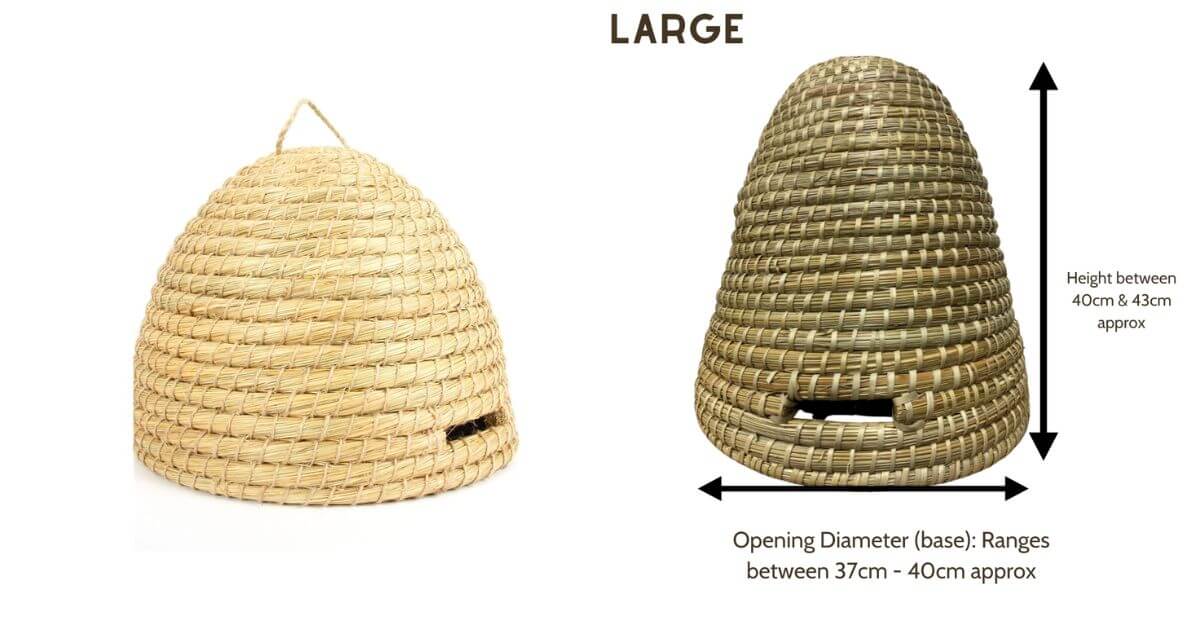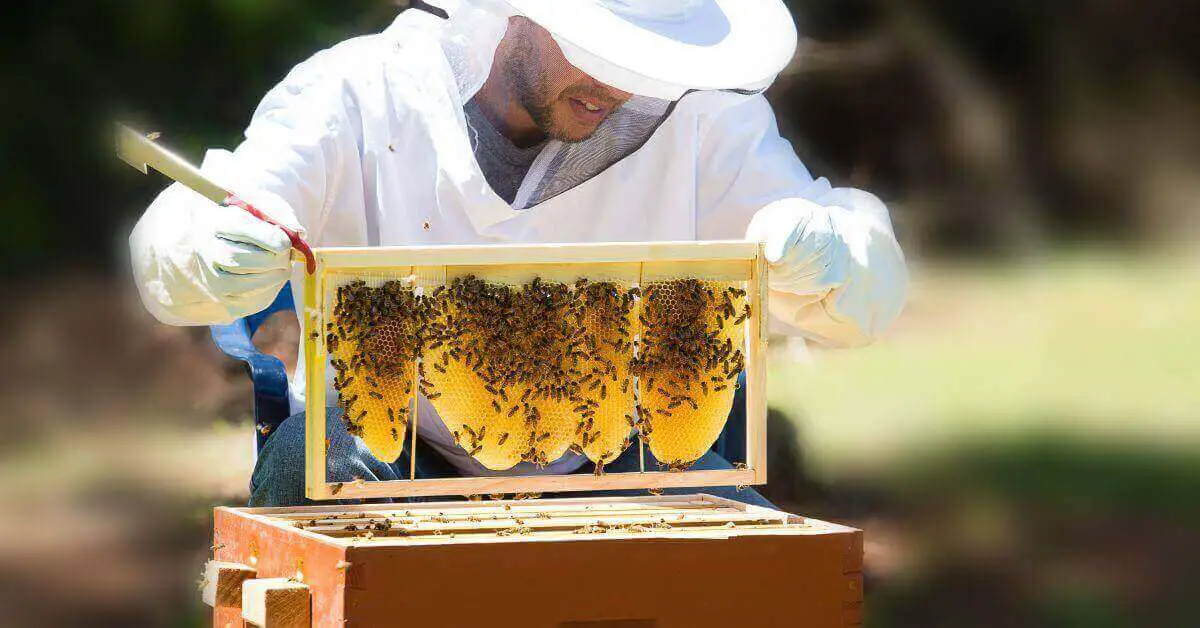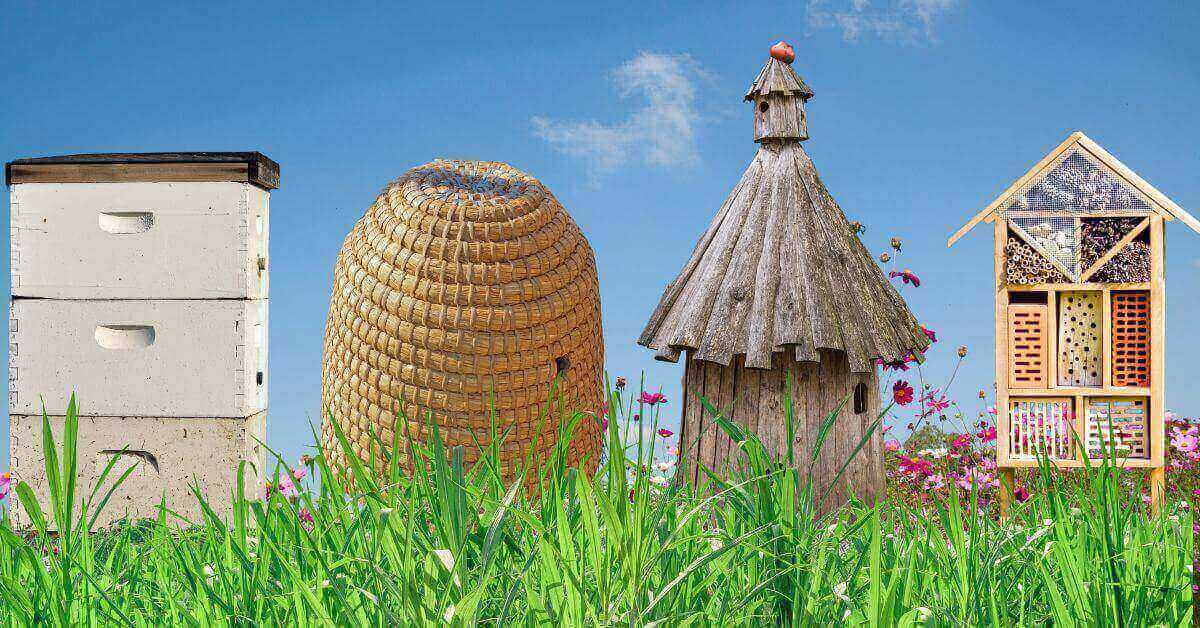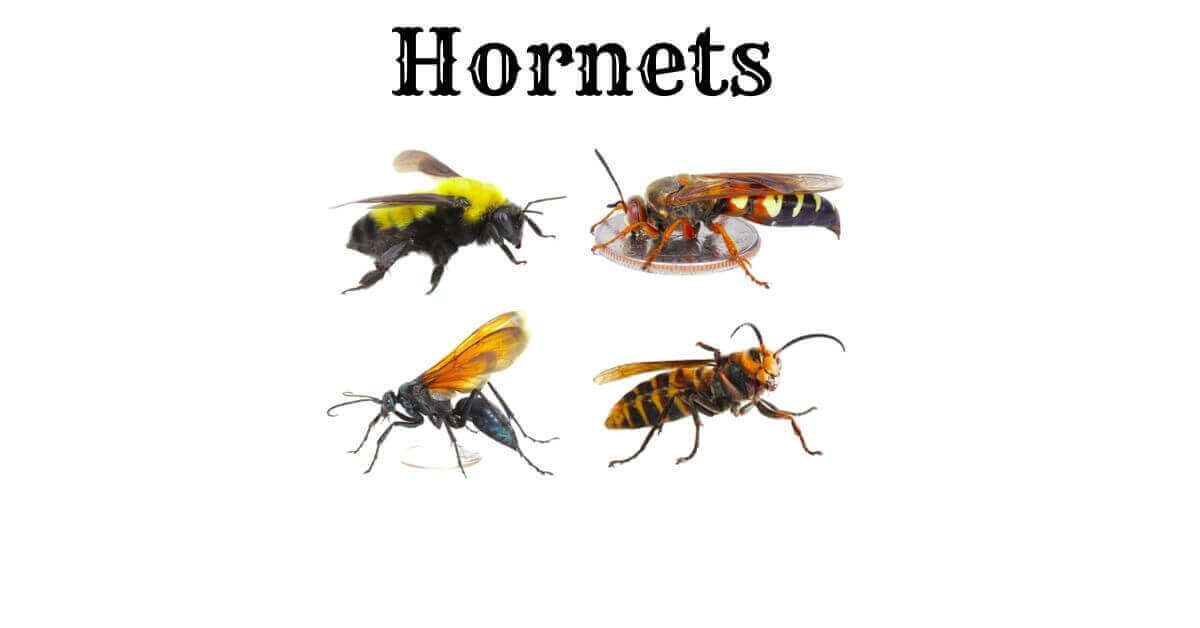In the world of beekeeping, the humble bee skep stands as an emblem of tradition and craft. This age-old vessel, carefully woven by skilled hands, has nurtured and sheltered honeybee colonies for centuries. Let’s embark on a journey to explore the history, usage, and legality of bee skeps, and discover how these enchanting structures can bring a touch of nature to your garden.
Bee Skep: A Glimpse into History
The story of the bee skep dates back to times when beekeeping was more art than science. Imagine pastoral landscapes with quaint thatched cottages and flower-filled meadows. In this picturesque setting, beekeepers crafted these charming skeps using natural materials like straw, reeds, or grass. The process was akin to weaving a protective cocoon for the bees, allowing them to establish thriving colonies while offering beekeepers a glimpse into their bustling world.
The bee skep became a beacon of sustenance, providing both honey and beeswax. Its design was simple yet effective, with a conical shape that mimicked the natural cavities bees prefer. Beekeepers skillfully managed their apiaries, carefully harvesting honey while ensuring the bees had enough to thrive through the seasons.
How to make a bee skep
Are you ready to infuse your beekeeping journey with a touch of tradition? Crafting your very own bee skep can be an incredibly rewarding experience. While modern beekeeping methods have evolved, making a skep allows you to connect with the roots of this ancient practice.
Here’s a simplified guide to get you started:
Gathering Materials: Collect straw or other suitable natural materials. Remember, authenticity is key.
Forming the Base: Create a sturdy base by coiling straw into a flat, circular shape. This forms the foundation of your skep.
Weaving the Walls: Gradually build the walls by coiling straw upwards, securing each coil as you go. This intricate weaving demands patience and precision.
Tapering to the Top: As the walls rise, taper the shape toward the top, forming the iconic conical silhouette.
Finishing Touches: Once the structure is complete, secure the top and give it a neat finish. You’ve crafted your very own bee skep!
Bee Skep for Garden
Beyond the realm of beekeeping, bee skeps have found a new purpose as garden ornaments. These enchanting structures, reminiscent of bygone eras, add a touch of rustic elegance to any outdoor space. Whether nestled amidst blooming flowers or placed as a focal point, a bee skep lends an air of nostalgia to gardens.
But their charm isn’t just visual. A well-positioned bee skep can also provide shelter for solitary bees, which are excellent pollinators. It’s a beacon of biodiversity, inviting various pollinators to take refuge and play their vital role in your garden’s ecosystem.
Are Bee Skeps Illegal?
As with any tradition, questions arise about the legality of using bee skeps. While these structures hold historical significance, it’s important to be aware of local regulations. In some places, using bee skeps for active beekeeping might be restricted due to concerns about hive inspection and disease management.
However, many enthusiasts use bee skeps as decorative items without housing actual bee colonies. This serves both as homage to the past and a way to circumvent potential legal hurdles. Before introducing bees into a skep, it’s wise to research and understand your region’s beekeeping laws.
Related Posts:
Embrace Tradition, Embrace Nature
In a world where modernity often eclipses tradition, the bee skep stands as a poignant reminder of our connection to nature. Crafting one with your hands not only pays tribute to centuries of beekeeping wisdom but also offers a moment of respite from our fast-paced lives.
So, whether you’re an avid beekeeper or a lover of all things quaint and charming, consider welcoming a bee skep into your garden. It’s not just an ornament; it’s a testament to the delicate dance between humans and the natural world.
Guiding the Colony: Using Bee Skeps with Care
As you embark on your journey with bee skeps, understanding how to use them with care is essential. While these structures may not align with modern hive management practices, they still hold value in specific contexts.
Here’s how you can use a bee skep in a mindful and responsible way:
Decorative Display: If you’re drawn to the aesthetic charm of bee skeps but wish to avoid the intricacies of traditional beekeeping, simply use them as decorative pieces. Place them strategically in your garden to evoke a sense of nostalgia and allure.
Educational Tool: Bee skeps can serve as educational tools, offering a glimpse into the historical aspects of beekeeping. Consider using them in workshops, school settings, or community events to share the story of beekeeping’s evolution.
Solitary Bee Haven: While traditional bee skeps aren’t suitable for housing modern honeybee colonies, they can provide shelter for solitary bees. Solitary bees, such as mason bees and leafcutter bees, play a vital role in pollination and are often less aggressive than honeybees.
Consult Local Regulations: Before utilizing bee skeps for any purpose, it’s crucial to consult local beekeeping regulations. Understand the legalities and restrictions surrounding the use of bee skeps in your area to ensure you stay within the bounds of the law.
Conclusion
The bee skep, a symbol of tradition and craft, has a rich history in beekeeping. From its role in nurturing honeybee colonies to its transformation into a garden ornament, the bee skep bridges the gap between the past and the present. Crafting one offers a connection to ancestral practices, while using it mindfully can provide beauty, education, and a habitat for vital pollinators.




